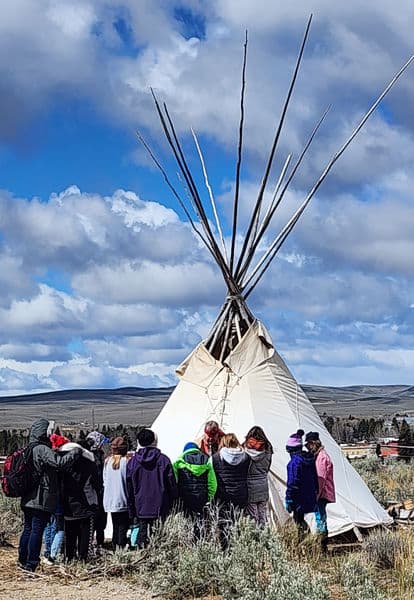Fast Moving Grass Fire Near Interstate 80 Triggers Evacuations
A fast moving grass fire near Interstate 80 in western Laramie prompted evacuation orders for neighborhoods east of the highway and west of the Laramie River on the evening of Nov. 10 and 11, 2025. Fire crews contained the blaze and authorities allowed many residents to return by the following day, but the incident raises public health and equity concerns for vulnerable community members.

A grass fire that ignited near Interstate 80 at exit 310 in western Laramie on the evening of Nov. 10 and 11, 2025 spread quickly enough to prompt evacuation alerts and temporary road closures, according to local emergency officials. Albany County Emergency Management and the Albany County Sheriff’s Office posted evacuation notices on social media directing residents in the area east of Interstate 80 and west of the Laramie River, north of Curtis Street to leave while firefighters moved in to contain the blaze.
Local fire departments and county emergency management coordinated the response, closing several roads while crews worked to control the flames. Initial reports indicated no large scale structural losses, and by the following day authorities reported the fire was mostly contained and residents were allowed to return to many affected areas. Coverage of the incident was reported by Wyoming Public Media and local Boomerang staff on Nov. 10 and 11, 2025.
For Albany County residents the immediate impact extended beyond the flames. Evacuation orders and road closures disrupted commutes and access to services, and smoke from fast moving grass fires can pose acute risks for people with asthma, chronic obstructive pulmonary disease and other respiratory conditions. Older adults, people with limited transportation options and households without reliable internet or social media access face greater barriers to receiving timely alerts and reaching safety.
The use of social media by county agencies expedited warnings for many residents, but also underscores gaps in emergency communication infrastructure. Relying heavily on online platforms can leave people who are not on those networks more vulnerable, a concern local public health and social services officials increasingly raise after wildfire incidents. Community centers, libraries and local nonprofits play a crucial role in bridging those gaps during and after emergencies.
This fire highlights broader policy questions about wildfire preparedness in and around Laramie, including vegetation management along transportation corridors, investment in early warning systems and coordination of evacuation plans that account for social vulnerability. As the region faces changing weather patterns that can increase grass fire risk, planners and policymakers will need to weigh resources for prevention, response and recovery while centering equity.
As residents return and recovery continues, county officials have encouraged people to monitor official channels for road status updates and health advisories. The rapid response limited immediate structural damage, but the event serves as a reminder that wildfire preparedness and equitable emergency planning remain essential to protect all members of the Albany County community.


